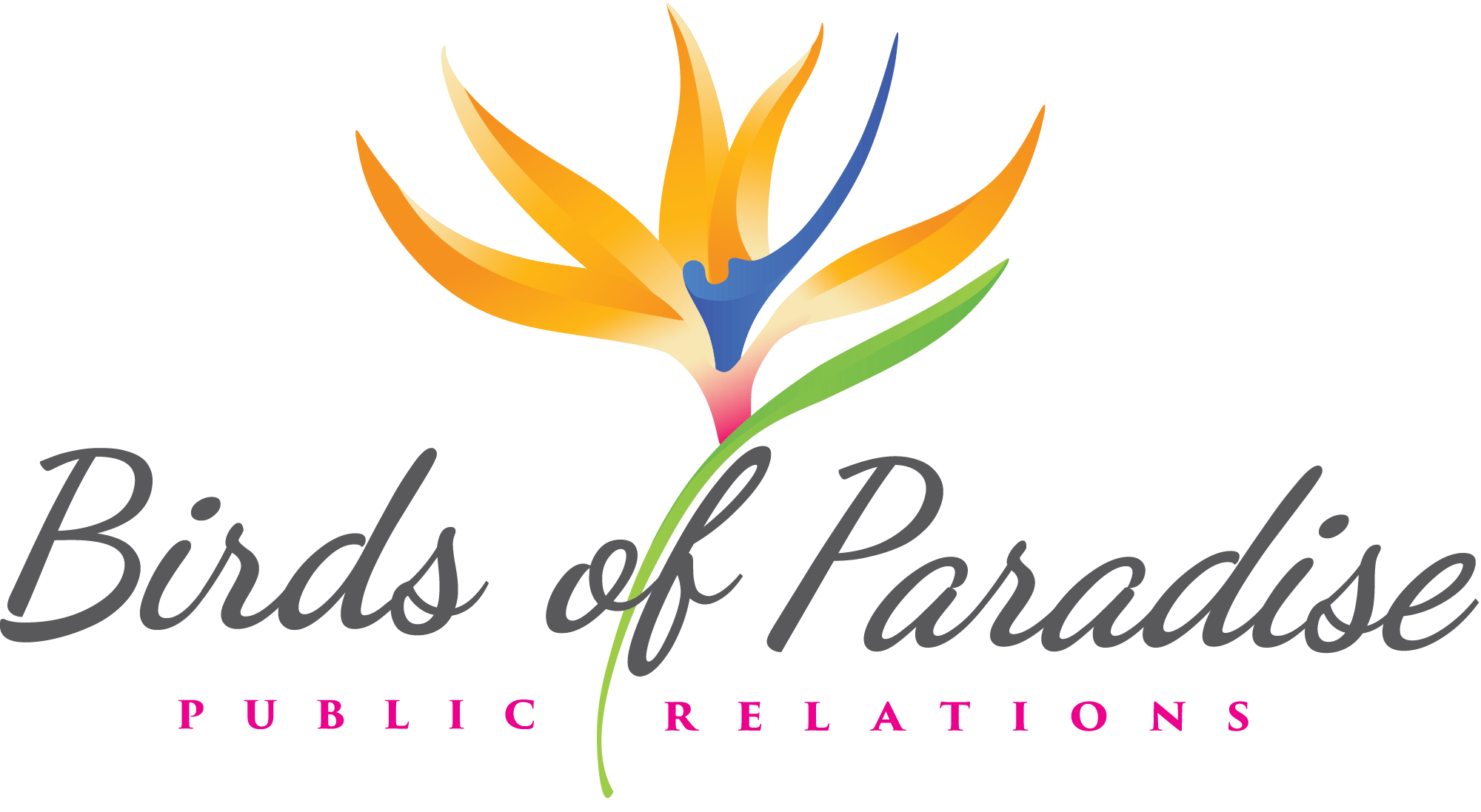8 Elements of Solid PR Strategy
Whether you are planning your brand's long-term marketing goals or preparing to launch a targeted campaign, a solid plan is fundamental to the success of any PR or marketing efforts.
And a good PR plan should include the following:
Situational Analysis
A well-rounded strategy requires having an understanding of where you are and where you want to be. So, determine whether your past efforts have been successful. Ask yourself questions like:
How did you measure success?
Which PR efforts were easy to execute?
What's something new you could try?
Is your current story newsworthy?
Where do you want to be featured?
Answering these questions will help you assess your past efforts and give you great insights for creating a new and improved PR strategy.
Overarching Goal
Determine your long-term business goal. What do you want to accomplish? Do you want to increase revenue by a certain percentage? Perhaps you want to secure a specific number of new customers. Take a moment to think about and set a realistic goal. Remember, a goal is typically long-term or indefinite and focuses on your business' image, reputation, or positioning.
Objectives
Once you've determined your overarching goal, spend some time brainstorming the specific steps you'll need to take toward realizing your goal. Objectives are short-term, precise, and results-oriented. Think of your PR objectives in terms of audience behavior: what do you want your target audience to think, feel and do when encountering your messages? An example of an objective could be to increase awareness of the
products/services your company offers.
Target Audiences
Speaking of target audiences, determine whether you are communicating with the right people. Who do you need to talk to execute your objectives? Your target audiences might be specific media outlets, influencers, and even your followers on social media platforms. Keep all of your target audiences top-of-mind as you develop your PR plan. And make sure you are communicating with all of them.
Key Messages
What do you want to say? Why do you want to say it now? Think of your key messages as the main points of information you want your target audience to hear, understand, and remember. Your key messages allow you to control communications, enhance relationships with your target audiences, and are essential to your PR efforts. Be sure to tailor your key messages to reach each of your target audiences best. They must be relevant, positive, and consistent.
Strategy and Tactics
Here is where the fun happens! How do you plan to achieve your objectives? Use a high-level approach to define your strategy for tackling your objectives. Once you've determined strategy, drill down even further to plan the steps or tactics needed to take to achieve the strategy. An example of a strategy could be: share information about your newest product through personalized pitches to US-based lifestyle magazines. While an example of a tactic could be: build a targeted media list with the right contacts at top 20 US-based lifestyle magazines and share personalized pitched by next Thursday.
So, to recap strategies define how you will meet your stated objectives. And objectives are your specific action items.
Timeline
A timeline will help guide your PR strategy or plan. Use an editorial or content calendar to remain on top of your tactics and adapt when necessary.
Evaluation
Determine how you will measure the success of all your hard work. Which metric aligns and supports your objective or goal the most? Here are a few metrics or KPIs to think about adding to the assessment of your PR plan:
Total media coverage, impressions, and reach
Media coverage sentiment/tone
Website traffic
And with that, you've created a solid PR strategy! That wasn't so bad, was it?
